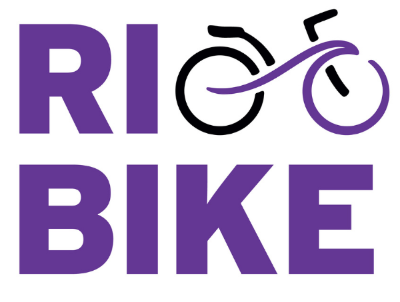This was in the New York Times “Year in Ideas” section today. We have the beginnings of a bike highway here in RI — but as the Danish infrastructure consultant warns, you really need to create the bicycle culture first, not the highway. A bike highway and a dense network of city bike lanes — a great mission for the next decade!
Bicycle Highways
The bicycle highway — no red lights, no cars — is every cyclist’s fantasy. There are now signs that infrastructure is catching up with the dream. In October 2008, an association of U.S. state-highway officials approved the concept of a national Bicycle Routes Corridor Plan — the first step in potential American bike Interstates. But this amounts to little more than a go-ahead for states to put bike-route signs on existing roads.
Copenhagen, however, began last month to create the real thing: a system of as many as 15 extra-wide, segregated bike routes connecting the suburbs to the center of the city. These are not bucolic touring paths; Copenhagen’s bike highways are meant to move traffic. Nearly 40 percent of Copenhagen rides a bike to work. On Norrebrogade, a two-mile street in the center of the city, 36,000 cyclists clog the bike lane every day.
The Bicycle Office of Copenhagen’s design calls for service stations (with air pumps and tools for simple repairs) and plans to employ so-called intelligent transportation systems — not unlike the technology that makes the E-ZPass possible. Using handlebar-mounted RFID or GPS technology, for example, commuters could detect other riders on the routes, helping them to assemble into pelotons or “bike buses.” These groups could in turn emit signals that trip traffic lights in their favor, resulting in a “green wave” of bicycle momentum.
But Jan Gehl, the Danish architect and infrastructure consultant, warns that as appealing as the bike highway seems, it is not the first step in creating a bicycle culture.
The bicycle highway is needed, he stresses, only after a city is comfortable for bike riders, as Copenhagen is. He considers the hundreds of kilometers of protected bike lanes in central Copenhagen to be a kind of bicycle oasis. “Some cities will go for the bicycle highways and let people fend for themselves once they reach the city,” he says. “You get off the highway, and then you’re in the desert. In Copenhagen we have first irrigated the desert, then built the highways.” WM. FERGUSON
